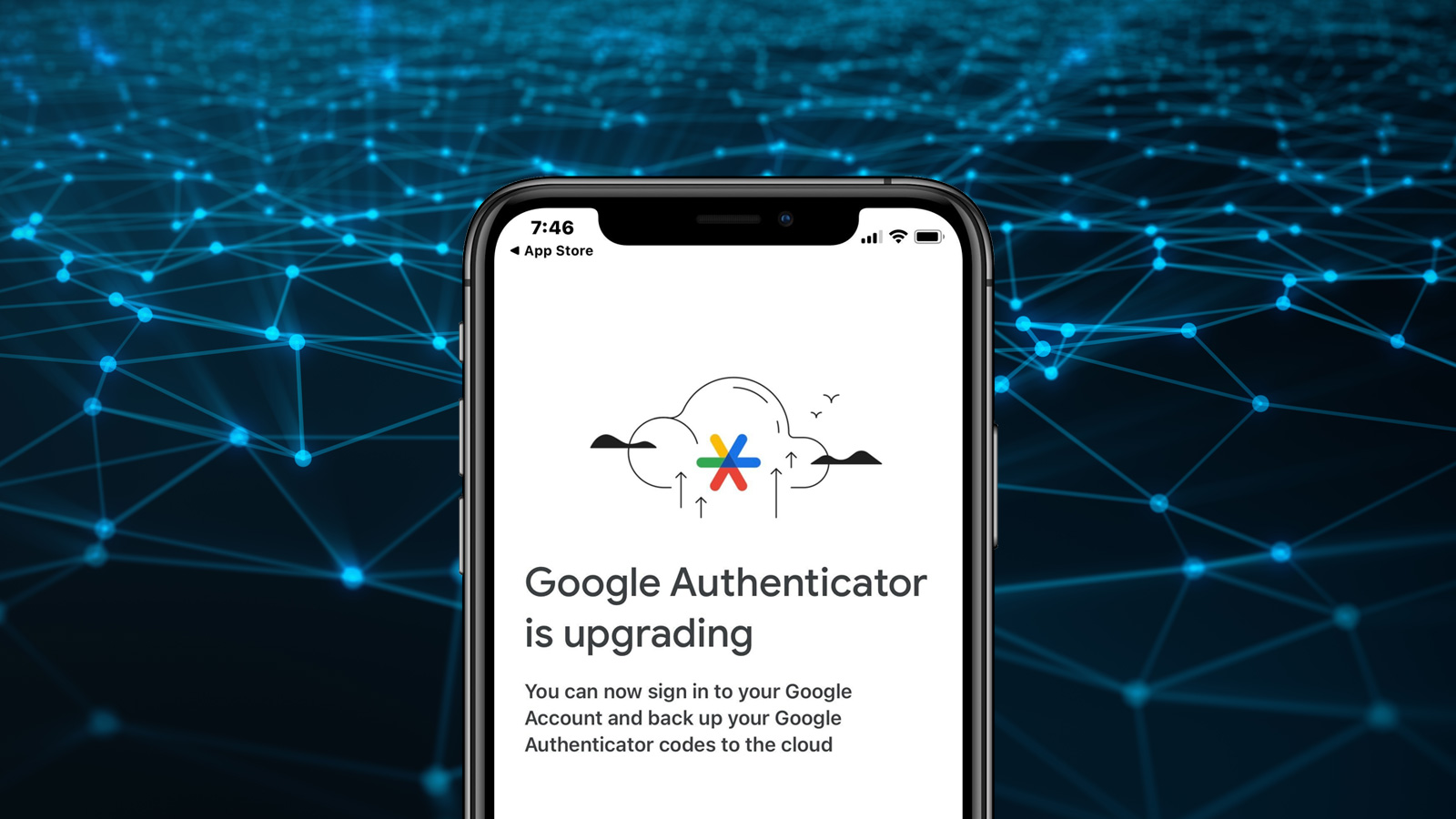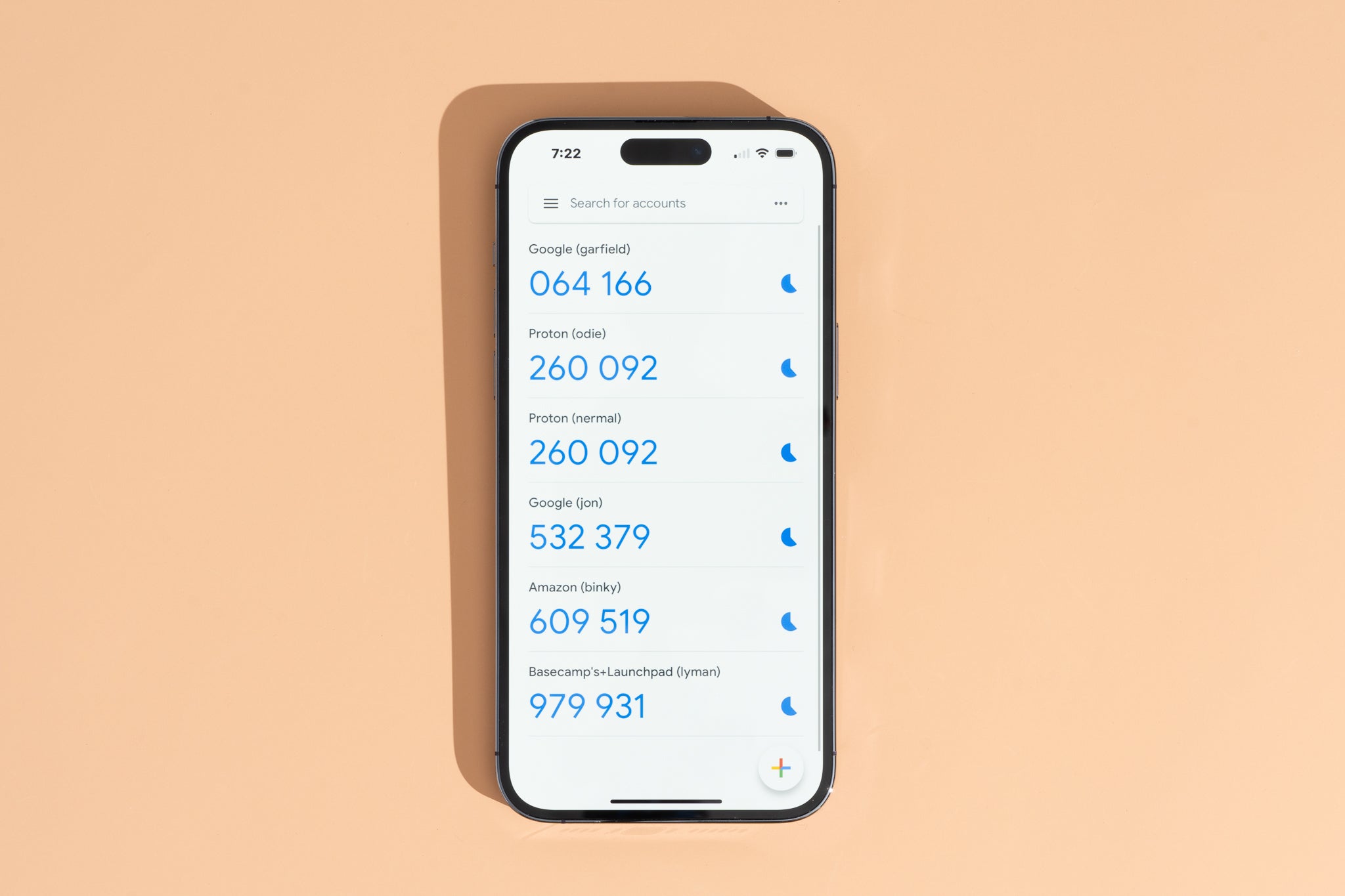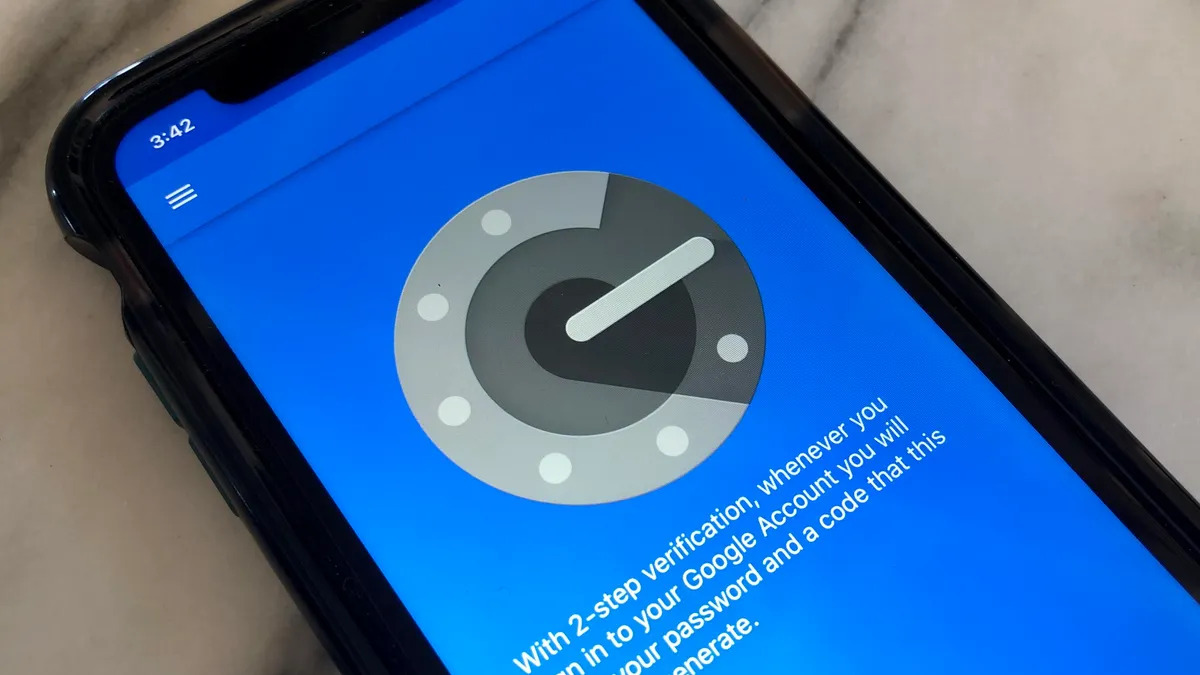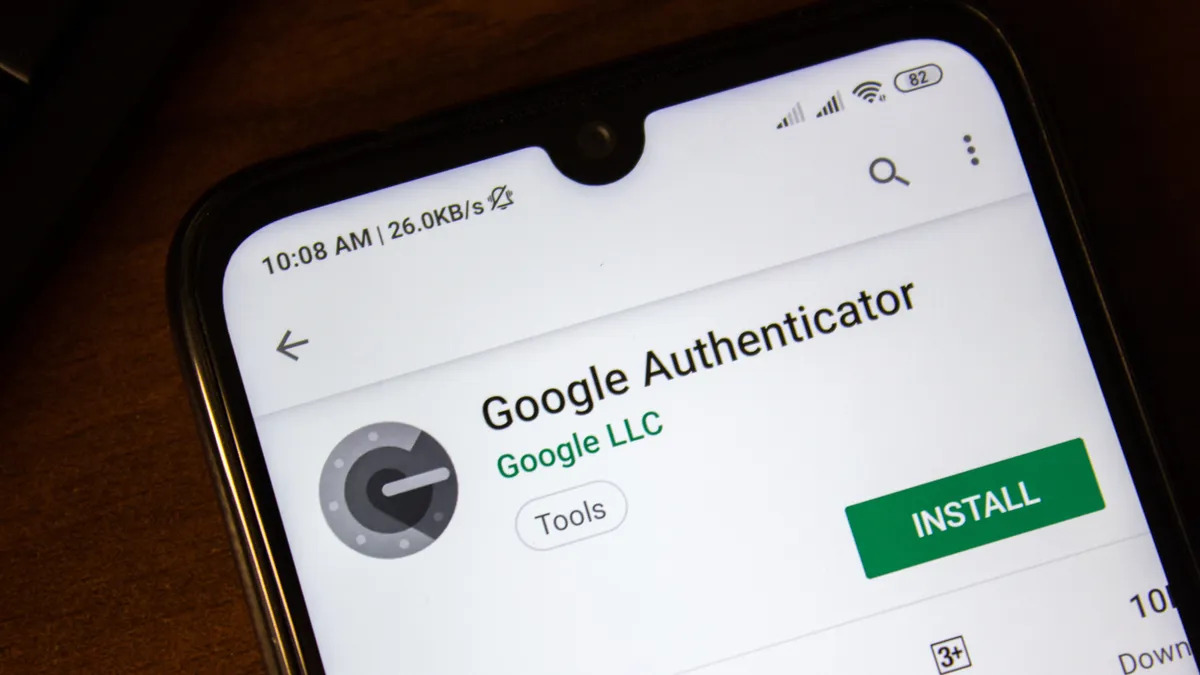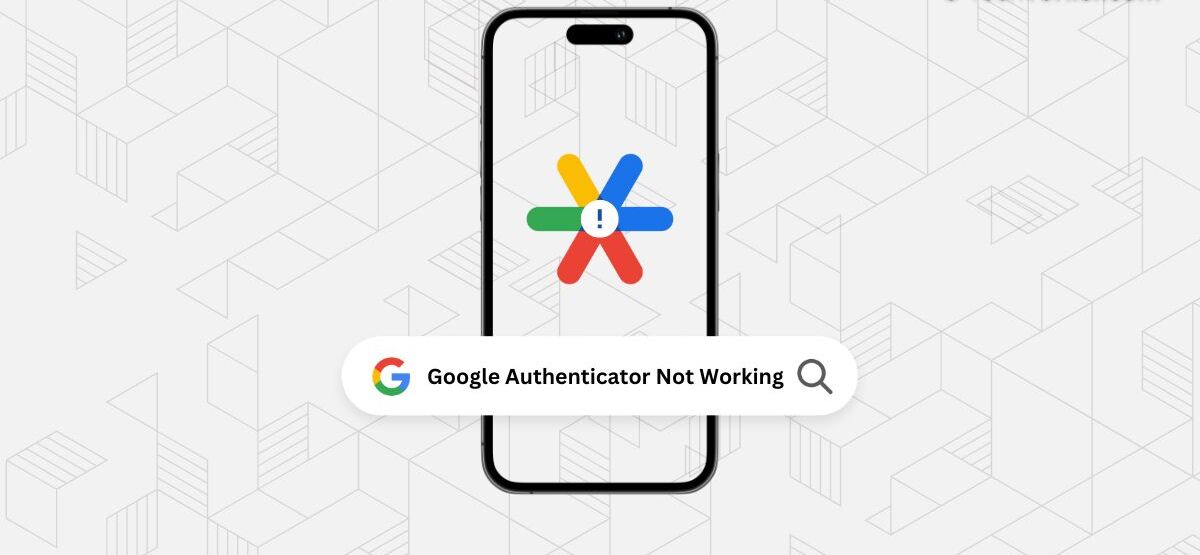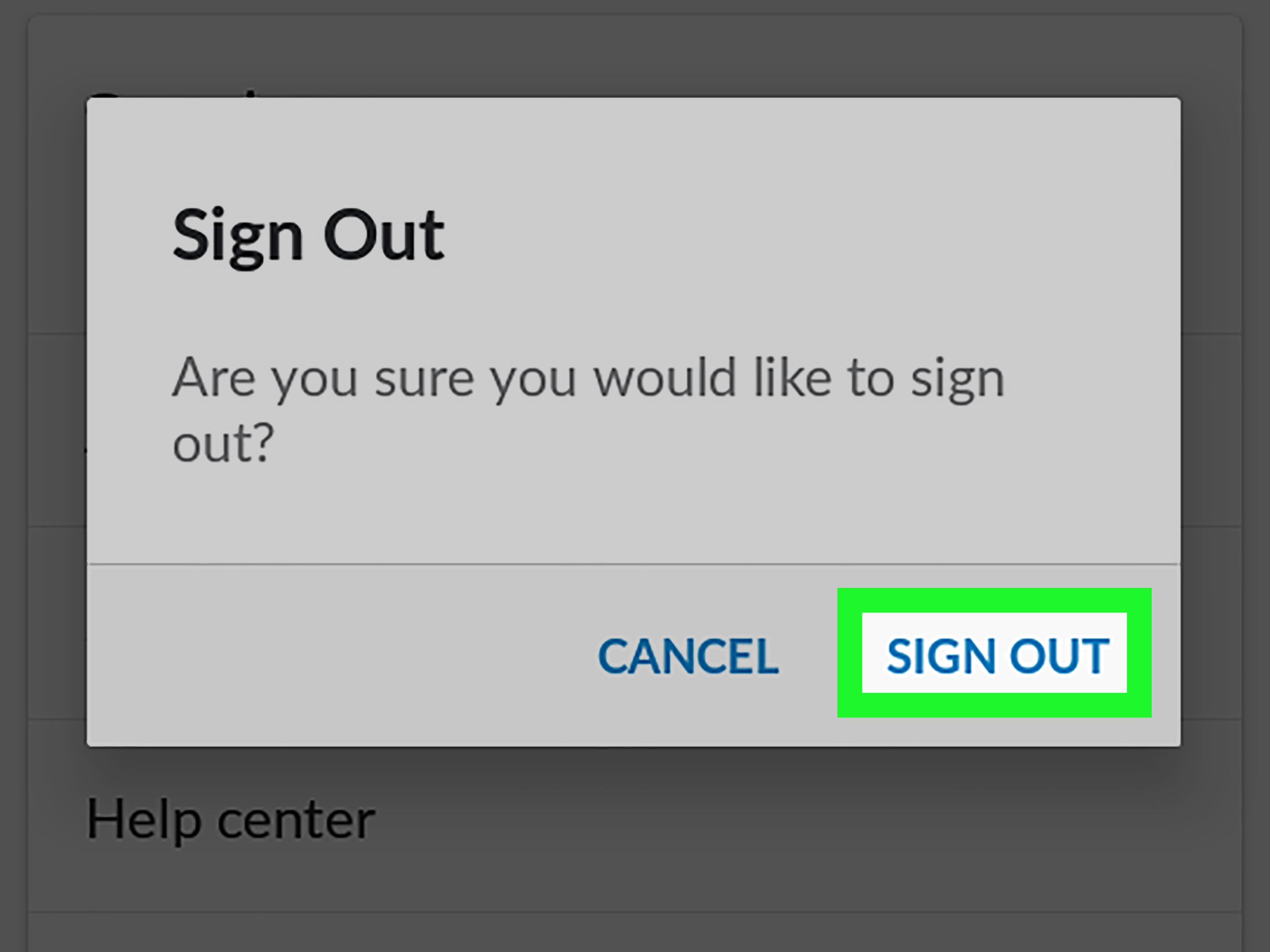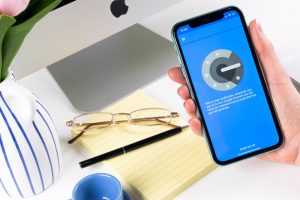Introduction
Welcome to our comprehensive guide on how to backup Google Authenticator on iPhone. In our increasingly digital world, it’s crucial to prioritize the security of our online accounts. One way to enhance account security is by using two-factor authentication (2FA), and Google Authenticator is one of the most popular 2FA apps available.
Google Authenticator generates time-based one-time passwords (TOTPs) that provide an extra layer of security when logging into your accounts. However, as with any digital tool, there’s always a risk of losing access to your Google Authenticator codes. That’s why it’s important to have a backup plan in place.
In this article, we will explore different methods to backup Google Authenticator on your iPhone. Whether you prefer using an iCloud backup, iTunes backup, or a third-party app, we’ve got you covered.
By taking the time to backup your Google Authenticator codes, you can prevent the inconvenience and potential loss of access to your online accounts if your phone gets lost, damaged, or stolen. So, let’s dive in and learn how to safeguard your Google Authenticator codes on your iPhone.
Why you should backup Google Authenticator on iPhone
Backing up your Google Authenticator codes on your iPhone is crucial for several reasons. Here’s why you should prioritize this important security measure:
- Prevent loss of access: If you rely solely on your iPhone’s Google Authenticator app for two-factor authentication, losing or damaging your phone can result in losing access to your accounts. By having a backup, you can easily restore your codes on a new device and regain access without any hassle.
- Device failure: Even the latest iPhone models are not immune to technical issues or hardware failures. If your iPhone stops working or needs repairs, having a backup of your Google Authenticator codes ensures that you can continue to protect your accounts and log in securely.
- Phone theft or loss: Unfortunately, smartphone theft or misplacement is a common occurrence. If your iPhone is stolen or lost, the risk of unauthorized access to your accounts is significantly reduced if you have a backup of your Google Authenticator codes.
- Convenience during device upgrades: When you upgrade to a new iPhone or switch to a different device, restoring your Google Authenticator codes from a backup makes the transition seamless. You won’t have to manually reconfigure all your accounts, saving time and effort.
By having a backup of your Google Authenticator codes, you can maintain the security of your online accounts and avoid the inconvenience and potential loss that may occur due to device issues or theft. Let’s explore the different methods to back up your Google Authenticator on iPhone.
How to backup Google Authenticator on iPhone using iCloud
If you use iCloud to back up your iPhone, you can easily include your Google Authenticator data in the backup. Here’s how:
- Ensure your iPhone is connected to a stable Wi-Fi network.
- Go to the “Settings” app on your iPhone and tap on your Apple ID at the top of the screen.
- Tap on “iCloud” and then scroll down and select “iCloud Backup.”
- Make sure that “iCloud Backup” is enabled. If not, toggle the switch to turn it on.
- Tap on the “Back Up Now” option to initiate an immediate backup of your iPhone to iCloud.
- Wait for the backup process to complete. This may take some time, depending on the size of your data and the speed of your internet connection.
By following these steps, your Google Authenticator data, along with all your other iPhone data, will be backed up to iCloud. If you ever need to restore your iPhone or set up a new device, you can simply sign in to your iCloud account during the setup process, and all your data will be restored, including your Google Authenticator codes.
Note: It’s important to regularly perform iCloud backups to ensure that your Google Authenticator data is up to date. You can set your iPhone to automatically back up to iCloud by leaving the “iCloud Backup” option enabled.
Next, we’ll explore an alternative method of backing up your Google Authenticator on iPhone using iTunes.
How to backup Google Authenticator on iPhone using iTunes
If you prefer using iTunes to back up your iPhone, you can also include your Google Authenticator data in the backup. Here’s how:
- Connect your iPhone to your computer using a USB cable and open iTunes.
- Select your iPhone when it appears in iTunes.
- In the Summary tab, click on “Back Up Now.”
- Wait for the backup process to complete. This may take some time, depending on the amount of data on your iPhone.
By backing up your iPhone using iTunes, you are creating a full snapshot of your device, including your Google Authenticator data. This backup can be useful when setting up a new iPhone or restoring your device in case of data loss or damage.
Note: Make sure you have the latest version of iTunes installed on your computer before attempting to back up your iPhone. Additionally, remember to regularly back up your iPhone using iTunes to keep your Google Authenticator codes safe and up to date.
Now that you know how to backup Google Authenticator on iPhone using iTunes, let’s explore another method – using a third-party app.
How to backup Google Authenticator on iPhone using a third-party app
While iCloud and iTunes provide convenient methods to back up your iPhone and include your Google Authenticator data, you can also explore third-party apps specifically designed for backing up and restoring Google Authenticator codes. One such app is Authy. Here’s how you can backup your Google Authenticator on iPhone using Authy:
- Download and install the Authy app from the App Store on your iPhone.
- Open the Authy app and follow the prompts to set it up.
- Once Authy is set up, it will automatically detect your Google Authenticator accounts and import them.
- Tap on the three-dot menu icon in the top-right corner of the Authy app.
- Select “Settings” from the menu and then tap on “Accounts.”
- Under the “Accounts” section, enable the option for “Backup and Sync.”
- Choose a method to secure your Authy backup, such as a master password or fingerprint authentication.
- Once the backup is enabled, your Google Authenticator codes will be securely stored and synchronized with Authy’s servers.
By using a dedicated third-party app like Authy, you have the added benefit of cross-platform support and the ability to restore your Google Authenticator codes on multiple devices, not just iPhones.
Remember to set a strong master password for your Authy app and keep it in a safe place. Your Authy backup is only as secure as the password you choose to protect it with.
Now that you know how to backup Google Authenticator on iPhone using a third-party app, it’s important to consider a few tips for securely storing your Google Authenticator backup.
Tips for securely storing your Google Authenticator backup
When it comes to backup and security, it’s essential to take extra precautions to protect your Google Authenticator codes. Here are some tips for securely storing your Google Authenticator backup:
- Choose a strong and unique master password: If you’re using a third-party app like Authy to backup your Google Authenticator codes, make sure to select a strong and unique master password. Avoid using easily guessable passwords, and consider using a password manager to generate and store complex passwords.
- Enable two-factor authentication for your backup app: If your backup app supports it, enable two-factor authentication for an additional layer of security. This ensures that even if someone manages to access your backup app, they still need a second authentication factor to access your codes.
- Encrypt your backup: If you choose to store your backup on cloud storage or any other external storage device, make sure to encrypt the backup file. Encryption adds an extra layer of protection, preventing unauthorized access to your Google Authenticator codes.
- Store your backup in a secure location: Choose a secure location to store your backup file. Consider using a password-protected external hard drive or a secure cloud storage service with encryption to protect your backup from unauthorized access.
- Regularly update your backup: As you add new accounts or make changes to your Google Authenticator, make sure to update your backup regularly. This ensures that you have the most up-to-date codes stored, minimizing any potential disruption in accessing your accounts.
- Test your backup: Periodically test the integrity of your backup by restoring it on a test device. This allows you to verify that the backup process was successful and that your codes can be restored when needed.
Following these tips will help ensure the security and accessibility of your Google Authenticator backup. It’s important to remember that Google Authenticator codes are time-based and do not sync across devices automatically. Therefore, maintaining a secure backup is crucial to avoid any inconvenience or loss of access to your accounts.
With these tips in mind, you can confidently protect your Google Authenticator codes and maintain control over your online accounts.
Conclusion
Securing your Google Authenticator codes on your iPhone is essential for protecting your online accounts. In this guide, we explored various methods to backup your Google Authenticator on iPhone, including using iCloud, iTunes, and third-party apps like Authy.
By backing up your codes, you can prevent the loss of access to your accounts in case of device failure, theft, or phone loss. iCloud and iTunes provide convenient options for including your Google Authenticator backup in your regular iPhone backups. Additionally, third-party apps like Authy offer cross-platform support and synchronization.
Remember to prioritize the security of your backup. Use a strong and unique master password for your backup app, enable two-factor authentication if available, and consider encrypting your backup file. Store your backup in a secure location and regularly update it to reflect any changes in your Google Authenticator codes.
By following these guidelines and taking the necessary precautions, you can ensure the accessibility and security of your Google Authenticator backup, providing peace of mind and uninterrupted access to your online accounts.
Now that you have the knowledge and tools to backup your Google Authenticator on iPhone, take the necessary steps to safeguard your accounts and enjoy the added layer of security that comes with having a backup plan in place.







